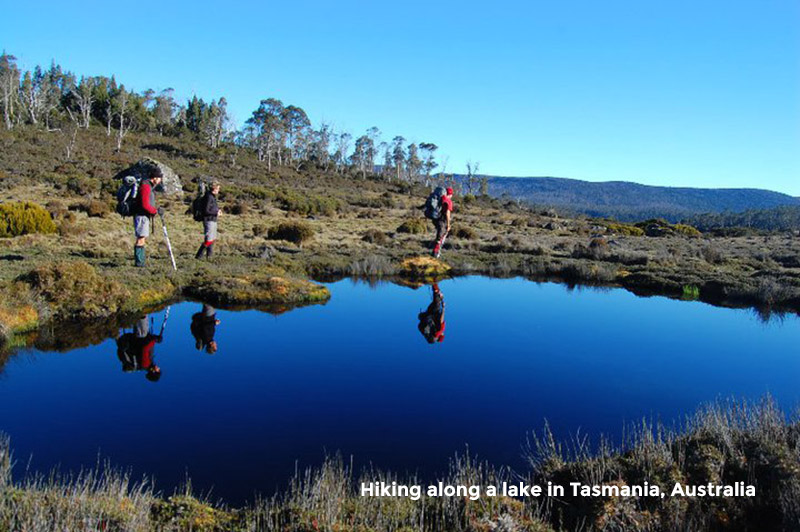 My journey with learning yoga according to the BARPS method with our teacher Navtej Johar coincides with a time when I began writing a PhD thesis after two decades in environmental activism. I became conscious of a struggle between two opposite experiences. While yoga was satisfying my body through breath, academic thinking was demanding being ‘in the mind’ in a way that negated embodied experience. And there was the curious process of writing itself. In yoga we witness our breath. I realised that the more passionately I wrote, the shallower my breathing became. Finally, a mental burnout during extended lockdown under Covid forced me to change my approach to how I go about the hours of my day and work.
My journey with learning yoga according to the BARPS method with our teacher Navtej Johar coincides with a time when I began writing a PhD thesis after two decades in environmental activism. I became conscious of a struggle between two opposite experiences. While yoga was satisfying my body through breath, academic thinking was demanding being ‘in the mind’ in a way that negated embodied experience. And there was the curious process of writing itself. In yoga we witness our breath. I realised that the more passionately I wrote, the shallower my breathing became. Finally, a mental burnout during extended lockdown under Covid forced me to change my approach to how I go about the hours of my day and work.
Satisfaction as a driving experience
In the year that I completed my thesis, 2020, I spent six months in near isolation in my Melbourne apartment as the city pulled the world’s longest lockdown. The pressure of carrying 400 pages worth of thinking in my head and drip-feeding it out on paper had completely consumed my life by then, and the isolation made this high-pressured immersion even more acute. Soon after submitting my thesis in early 2021, I felt my brain was singeing…
…As the body sensitised through the yoga practice, I started mapping out various feelings and sensations, where they arise from, and where they lodge, in the body as I go about my activist and academic work. I have become more attuned to how the body feels and tastes these respective ways of thinking. I can now sense the imminent sense of threat, loss, and urgency that drives activist work,accumulating as stress at the back of the neck and upper shoulders, needing to be flushed out, like urine from our bladders. I practice twice a day if I can to neutralise this stress. Although academic writing in the social and political sciences discipline makes the opposite demand on the mind as that of an activist – the urgency of activist thinking presses on the mind and from the inside against the nape of the neck – while academic thinking needs the mind to be still and open for thoughts to emerge – the experience is still (and ofcourse)in the head, of thoughts looping in the head, a characteristically dry feeling. Academic thinking does not emanate from the heart or engage it, and as a result, it feels un-grounded, dis-embodied. The experience of satisfaction in this form of academic writing comes through rich descriptions of places, visualising change and the future. So I take the sensorial experience of academic and activist work and writing as occupational hazard, and I rinse and repeat daily, breaking work up with two yoga sessions if I can.
My body as a sensory map of emotions
Discovering by body in a whole new light, and breath, literally speaking, has been the most rewarding experience of the BARPS method. During practice, we are asked where is the location/desh of an emotion, breath, and consciousness, in our body. In our practice, we sense this place through breath, movement and attention. I now know where hurt collects – towards the back of the heart, pressing against the spine, weighing heavily. I know the spot where panic is lodged – panic is a momentary feeling akin to free falling that erupts in a place just below the heart. Worrying, like awhirlwind, loops ceaselessly and in every-widening circles in the mind, and I can cut it by recognising it as such, a whirling in a part of the body, for the mind and body are both matter in yoga and in Patanjali’s Yoga Sutra; both are messy. The practice leaves a lingering empowerment by bathing parts, pores and organs of the body with what feels like courage, a sensorial emboldening of sorts.
By making me dwell in the body than the mind, a regular BARPS practice is making me present in the moment and uncaught in worrying about the past or the present, making a marked difference to the emotional quality of my everyday. The practice brings a sense of satisfaction, and a desire to keep feeling satisfied, in the body and through it in the mind, to my everyday.
Ruchira Talukdar is a researcher and writer on environmental politics and social movements. She has worked in the environment movement in India and Australia for two decades. She is a trainee teacher in the BARPS method of yoga with Navtej Johar.
